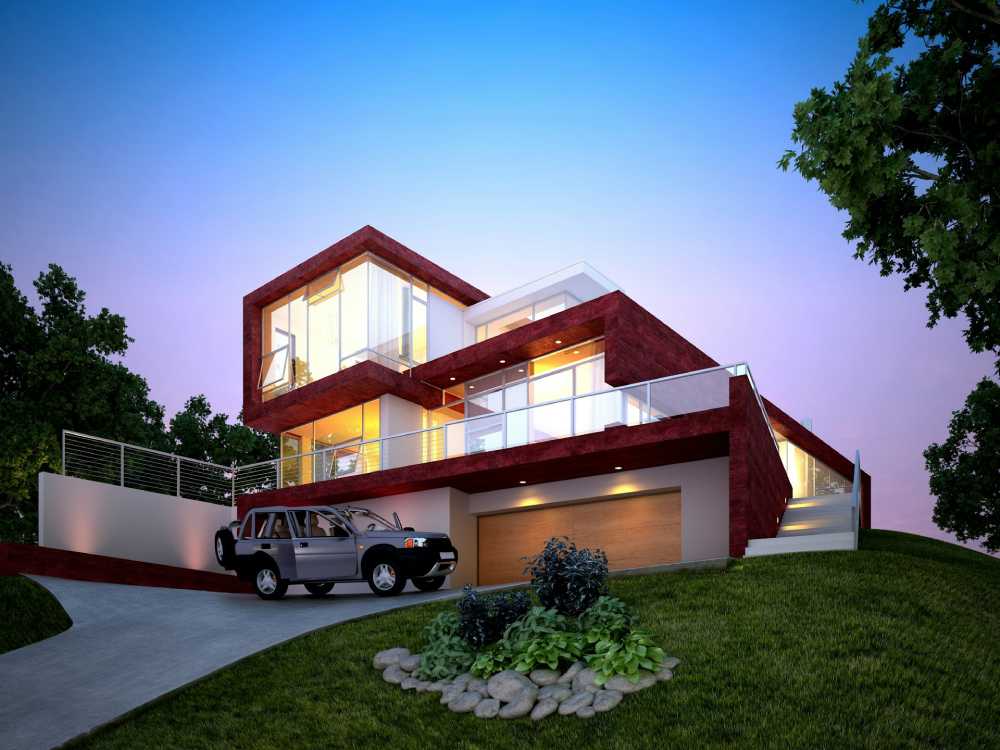Transforming a small yard into a functional, beautiful outdoor space requires creative thinking. Start by evaluating how you want to use your yard and create multi-functional areas. For example, foldable furniture can easily convert an al fresco dining area into extra garden space when not in use.
Built-in benches, hidden storage, and raised beds can add utility without overcrowding the space. If you’re from Saratoga Springs, Eastern white pine, pokeweed, red maple, Oriental bittersweet, American beech, and many other plants may be found there.
These solutions are beneficial for landscaping Saratoga Springs homes, where maximizing every square inch is essential. Additionally, integrating paths using gravel or stepping stones can differentiate zones without cluttering the space.
Contents
Vertical Gardening Techniques
Vertical gardening is an excellent solution for small spaces as it allows you to utilize the vertical plane, effectively increasing your planting area. Options include wall-mounted planters, trellises for climbing plants, and even vertical garden kits.
Vertical gardening not only adds greenery but also creates a stunning visual effect. For instance, a wall of cascading plants can become a living piece of art. This practice benefits those with limited ground space but ample vertical surfaces. In addition to strengthening building insulation, vertical gardens may enhance air quality.
Sustainable Landscaping Practices
Adopting sustainable landscaping practices can be both environmentally friendly and aesthetically pleasing. Native plants, for example, are adapted to local climates and soils, reducing the need for water and chemical inputs.
Features like rain gardens can manage stormwater runoff while adding natural beauty to your yard. Mulching and composting can further reduce the environmental impact of your garden. Moreover, xeriscaping—landscaping explicitly designed for areas susceptible to drought—can contribute to water conservation efforts.
For further reading on sustainable practices, check out the EPA’s guide on using trees and vegetation to reduce heat islands. This guide provides essential tips on how landscaping can help mitigate urban heat islands, making your space more comfortable during hot months.
Choosing the Right Plants
Plant selection is critical when dealing with small spaces. Opt for plants that are appropriate for your climate and require minimal maintenance. Consider using dwarf varieties of larger plants to save space while achieving the desired aesthetic.
Native plants are generally a great choice as they are well-adapted to the local environment, reducing the need for excessive watering and fertilizers. Also, layering plants according to height can create a more dynamic and lush appearance. Choose perennials to ensure your garden remains vibrant year after year without significant replanting.
Effective Use of Containers
Containers are versatile and essential for small-yard landscaping. They offer the flexibility to rearrange and redesign the layout of your garden quickly. Use containers to create focal points or to add splashes of color at different heights. Other plant species, such as flowers, herbs, and even little trees, are good candidates for experimentation.
When selecting containers, make sure they complement the overall design of your space. Terra cotta, ceramic, and even repurposed materials can all be used effectively. Additionally, consider using self-watering containers to reduce maintenance and ensure your plants get the proper water.
Incorporating Water Features
Adding water elements like little fountains or ponds may make your yard more elegant and serene. A minor water feature can significantly impact the space, even in a confined space. Choose designs that are proportionate to the size of your garden to avoid overwhelming the space.
Such features also attract wildlife, adding to the ecological value of your yard. From a modest birdbath to a mini pond with aquatic plants, water elements create a peaceful atmosphere and can be a focal point in your garden.
Efficient Lighting Solutions
Your yard may have a different atmosphere with the proper lighting, making it usable and welcoming even at night. Use solar-powered lights to highlight pathways, focal points, and seating areas. LED lights are energy-efficient and come in various styles to suit any design preference.
String lights, lanterns, and spotlights can all be used to create different moods and enhance specific areas. Strategic lighting can make your small yard feel more extensive and enchanting in the evenings. Consider using timer controls and motion sensors to conserve energy and add convenience.
Maintenance Tips
Regular maintenance is essential for keeping your small yard looking its best. Establish a simple upkeep routine, including weeding, pruning, and pest control. You can buy a powerful, electric leaf sucker that can be used to easily clear all manner of small garden debris to keep it tidy without needing too much work. Consistent maintenance ensures that your garden remains healthy and vibrant, maximizing the enjoyment of your outdoor space.
A well-maintained garden looks appealing and thrives, providing long-term satisfaction. Make a seasonal checklist to help you stay organized and complete activities at the best time of year. Investing in quality tools can make maintenance more straightforward and effective.





